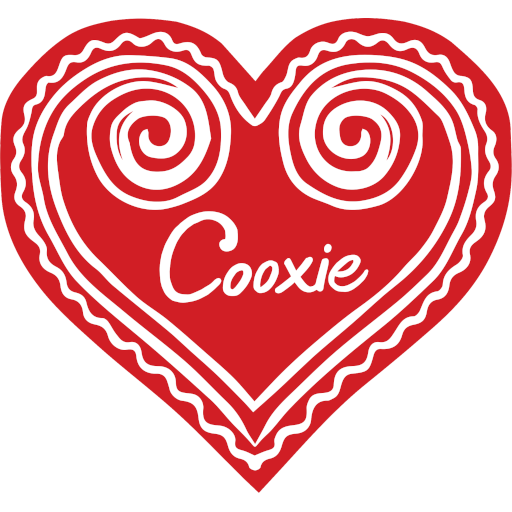Tarot , the card with the Ancient Symbols
The history of the Tarot card is mystical, its origins have been debated for centuries. There have been many theories about where this unique tool had been created. Countless legends have been woven around its origin, which has further increased the secret of the storytelling card.
From India to Egypt: The Mystery of its Origin
One of the most common theories is that the Tarot originated in India, where cards known as “naibi” were used by sages and soothsayers. This word has Sanskrit roots, which further strengthens this assumption. Others believe that Arab traders brought the card to Europe, via Egypt. Antoine Court de Gébelin, an 18th century scholar, for example, believed that the Tarot originated in the hidden chambers of the Egyptian pyramids and carried coded messages of ancient wisdom.
The Noble Courts in Europe
Tarot soon became a favorite pastime of the noble courts. The Duke of Milan, Filippo Maria Visconti, ordered beautiful, hand-painted cards from the most famous painters of the era as a wedding gift for his daughter, Bianca. The Visconti-Sforza deck, painted by Bonifazio Bempo and Sandro Botticelli, is a true work of art, depicting not only the members of the large family in period clothing, but also their enemies: for example, the Fool and the Devil.
Structure of the Tarot
The Tarot consists of 78 cards, which can be divided into two main groups: the Major Arcana consists of 22 cards and the Minor Arcana consists of 56 cards. The Major Arcana cards depict archetypal symbols that deal with various questions and challenges of human life. The Minor Arcana cards reflect the smaller events and situations of everyday life.
The Printing Revolution
The ‘Guttenberg Galaxy’ helped spread the Tarot cards to a wider audience. In the 19th century, interest in the Tarot flared up again. At that time, one of the most popular decks, the ‘Rider-Waite’ was born , whose visual world is still decisive for many today.
The Message of the Tarot: Know Thyself!
The ancient message of the Delphic oracle, “Know Thyself!”, also captures the essence of the Tarot card. The symbols and images of the cards hold up a mirror in front of us, in which we can see our own inner world, our fears, desires and possibilities. The Tarot is not used to predict the future, but to better understand ourselves and the world around us.
Tarot is the Language of Symbols
In the 21st century, Tarot has once again become a popular tool for self-knowledge and spiritual development. There are many different decks, each offering a unique perspective on the rich world of Tarot symbols. Tarot is not a set of playing cards, but a carrier of an ancient wisdom that can touch our souls and illuminate the hidden connections of our lives.
New Contemporary Tarot
The story of Tarot will not end until contemporary artists continuously reimagine the cards, offering fresh and exciting perspectives. A prime example of this is the Major Arcana, conceived by Cooxie and brought to life with the stunning drawings of Attila Stark, which depicts Tarot symbols in a modern, unique and sometimes provocative way, while remaining true to the archetypal meaning of the cards. Attila Stark’s expressive drawings evoke deep emotions and thoughts. These cards have the ability to speak to today’s people and help them better understand themselves and the world around them through Tarot.
